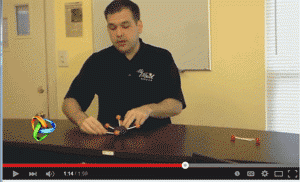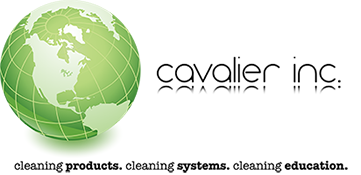Knowing some simple chemistry will help you understand the importance of surfactants in the cleaning process.
Surfactant is short for “SURFace ACTive AgeNt”. Surfactants are usually organic compounds, which are “Amphiphilic”. Translation: the surfactant molecules have two sides; one is a water attracting side (hydrophilic head) and the other is a water repellent side (hydrophobic tail).
The water-repellent side of the surfactant molecule will attach to dirt, grime and grease molecules that naturally repel water. At the same time, the water attracting side of the surfactant molecule will attach to the water molecules. Thus, in a sense the surfactant is encapsulating the dirt molecules to pull them from the surface being cleaned.

It is important to note that after this activity, that just this action won’t clean the surface. There needs to be some mechanical energy or agitation to pull the grime away from the surface.
This video produced by Cleaning Business Today is the best illustration we’ve seen of how surfactants work. After viewing it, you’ll better understand how surfactants work to better clean surfaces and why just plain water is not able to do the same job.
> View video illustrating how surfactants work
> Check out our line of cleaning chemicals
